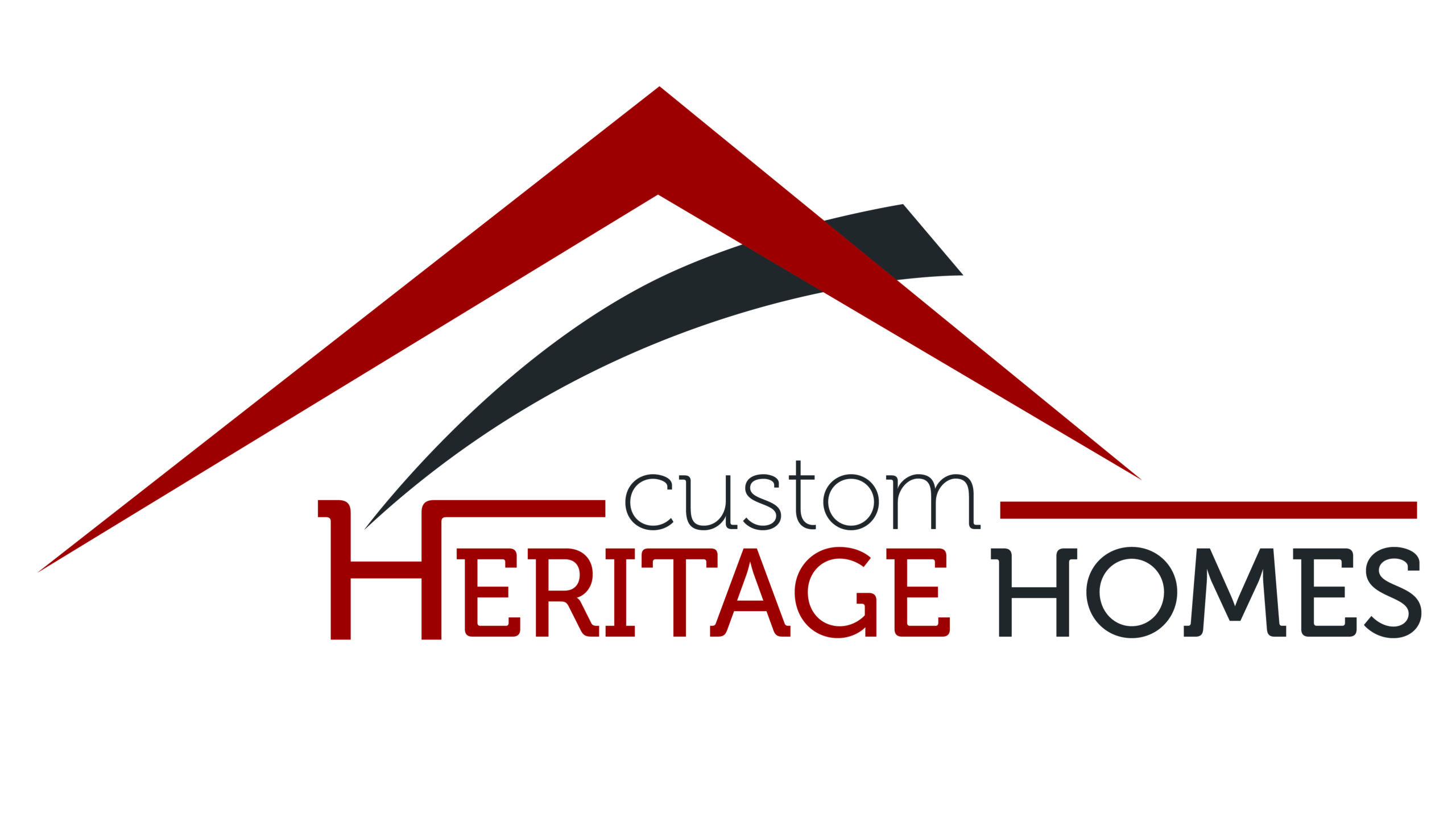Heritage Homes has long been synonymous with authentic craftsmanship and modern innovation in luxury custom homes and as we head into 2025, kitchen design continues to evolve at a rapid pace. Whether you are planning your dream kitchen from the ground up or updating an existing space, these trends showcase the perfect blend of form and function. Imagine preparing a gourmet meal while instantly checking your smart appliances or unwinding with a quick spin at seven casino on your tablet as your new island countertop settles. In this comprehensive guide, we explore the top layout innovations, technology integrations, material choices, color palettes and lighting schemes that will define luxury kitchens in custom-built homes. Each section dives deeply into why these trends are gaining popularity and how they can be tailored to your unique style and needs. By understanding these emerging concepts, you can ensure your kitchen remains both cutting-edge and timeless for years to come. Let’s embark on a journey through the most exciting design directions for 2025 kitchens.
Kitchen Layout Innovations for 2025
The foundation of any great kitchen is its layout, and 2025 is all about maximizing efficiency while maintaining seamless flow. One of the standout trends is the integration of multiple work zones that cater to distinct tasks - cooking, prepping, and casual entertaining - without sacrificing cohesion. Designers are embracing L-shaped islands with extended peninsulas, creating natural seating areas that invite conversation and collaboration. There is also a resurgence of U-shaped layouts, which allow for compact footprints without compromising on countertop space or storage capacity. Another innovation is sliding or retractable partitions that can close off a messy prep area when guests arrive, instantly transforming the kitchen into an elegant entertaining zone. For those with ample square footage, dual-kitchen concepts allocate a primary full-featured kitchen and a separate prep kitchen, streamlining meal coordination for large gatherings or multigenerational households. Whatever your space allows, the goal is to achieve harmony between practicality and luxury aesthetics, ensuring every inch of your kitchen performs beautifully.
Open-Concept Balanced Zones
Open-concept kitchens remain a top choice for custom homes, fostering connectivity between cooking and living spaces. In 2025, however, the emphasis shifts to balanced zoning, where each activity area is clearly defined yet effortlessly accessible. Floating islands anchored by distinctive materials such as honed marble or matte quartz distinguish prep zones from casual dining bars. Integrated shelving or glass-front cabinetry can act as subtle dividers without obstructing sightlines, creating visual interest and additional display opportunities. Ceiling-mounted pot racks delineate the cooking area and add an industrial-chic flair that complements both modern and transitional styles. Strategically placed floor tiles or hardwood patterns can also demarcate work areas, guiding foot traffic intuitively around the kitchen. By thoughtfully arranging these zones, homeowners can host multiple activities simultaneously - from children doing homework at the island to a chef preparing dinner - all within a unified design framework.
Multigenerational Kitchen Spaces
As custom homes increasingly cater to extended families, multigenerational kitchen designs are gaining traction. This trend emphasizes flexibility, accessibility and inclusivity for users of all ages and abilities. Features often include adjustable-height countertops with easy-lift mechanisms, ensuring that both children and seniors can comfortably participate in meal prep. Pull-out cutting boards and slide-away lower cabinets provide ergonomic access without bending or reaching. Separate lounge nooks within the kitchen footprint offer quiet retreats for grandparents or teenagers who want to relax while food is being prepared. Sound-absorbing finishes, such as textured wall panels, minimize noise and facilitate conversation in bustling household environments. By prioritizing adaptable design elements and comfortable gathering spots, multigenerational kitchens foster stronger family bonds and accommodate the evolving dynamics of modern households.
Smart Technology Integration
Technology continues to redefine luxury kitchens, turning them into interactive command centers rather than purely culinary spaces. The heart of this trend is smart appliance ecosystems that communicate seamlessly via centralized hubs or mobile apps. Refrigerators with built-in touchscreens and internal cameras allow homeowners to view contents remotely, generate shopping lists and even suggest recipes based on available ingredients. Voice-activated faucets and temperature controls enhance hygiene and convenience, allowing chefs to maintain focus on cooking tasks. Induction cooktops with integrated downdraft ventilation eliminate bulky range hoods while offering rapid, precise heat control. Under-cabinet LED lighting systems can be programmed for various color temperatures, adapting ambiance from bright task lighting to warm entertaining hues. And don’t overlook smart storage solutions, such as motorized pantry doors that open with a gentle tap, revealing sensor-activated interior lighting and inventory tracking. Embracing these innovations can significantly streamline kitchen workflows and elevate the daily cooking experience.
Sustainable Materials and Eco-Friendly Choices
Environmental consciousness is no longer a niche concern but a cornerstone of forward-thinking kitchen design. In 2025, luxury custom homes will showcase sustainable materials that marry durability with visual impact. Quartz countertops crafted from recycled glass aggregates and low- or no-VOC finishes contribute to healthier indoor air quality. Bamboo and cork flooring deliver renewable alternatives to traditional hardwoods while providing natural warmth underfoot. Energy-efficient appliances with ENERGY STAR certification reduce utility costs and carbon footprints without compromising performance. Water-saving fixtures, including low-flow pull-down faucets and touchless controls, conserve resources seamlessly. Even small details - like cabinet hardware made from reclaimed metals or decorative tiles produced via eco-friendly glazing processes - reinforce the overall commitment to sustainability. By prioritizing environmentally responsible options, homeowners can enjoy stunning kitchen aesthetics while stewarding the planet’s resources.
Reclaimed Wood Features
Reclaimed wood makes a dramatic statement in modern kitchens, infusing spaces with character and history. Whether applied as ceiling beams, feature walls or cabinet faces, salvaged timber introduces unique textures and patinas that are impossible to replicate. Designers often pair reclaimed wood with sleek metals or polished stone to create compelling contrasts that balance rustic charm with contemporary refinement. Open shelving crafted from distressed barn wood showcases artisan pottery and cookbooks while celebrating sustainable sourcing practices. For those concerned about durability in high-moisture areas, reclaimed teak or ipe can be sealed effectively to withstand kitchen conditions. Selecting locally sourced reclaimed materials also reduces transportation emissions and supports regional reclamation initiatives. Each plank tells a story, connecting homeowners to heritage craftsmanship and eco-conscious design.
Color Palette and Finishes
The 2025 color landscape for luxury kitchens embraces both bold statements and timeless neutrals. Deep jewel tones such as emerald green and sapphire blue add richness when applied to lower cabinetry or accent islands, creating focal points that stand out against lighter surroundings. Matte black hardware and fixtures continue their rise, offering sleek contrast and understated elegance. Alternatively, soft off-whites and warm taupes maintain their appeal for those seeking classic versatility. High-gloss lacquered finishes reflect light beautifully, amplifying natural daylight in kitchens with large windows . For countertops, the resurgence of honed surfaces softens glare while highlighting stone veining. Mixing finishes - for example, pairing satin-nickel faucets with brass accent lighting - can yield sophisticated layered looks. Ultimately, color and finish selections should harmonize with the home’s overall architectural style and personal tastes.
Maximizing Lighting and Ambience
Effective lighting transforms kitchens from purely utilitarian rooms into captivating living spaces. In 2025, designers recommend layering three types of lighting: ambient, task and accent. Recessed LED downlights provide consistent ambient illumination, while under-cabinet fixtures deliver targeted task light directly onto countertops. Statement pendant lights over islands serve dual roles, offering both functional brightness and decorative focus. Accent lighting - such as toe-kick LEDs or interior cabinet illumination - adds drama and depth, highlighting architectural features and prized objects. Dimmable controls allow homeowners to adjust brightness throughout the day or during evening gatherings, crafting moods that range from energetic to intimate. Natural light remains paramount, so incorporating skylights or clerestory windows where possible can significantly enhance spatial quality. Thoughtful lighting design elevates kitchen aesthetics and ensures comfort and safety during all culinary activities.
"A well-designed kitchen is more than a cooking area - it is a stage for memorable gatherings and daily inspiration."

